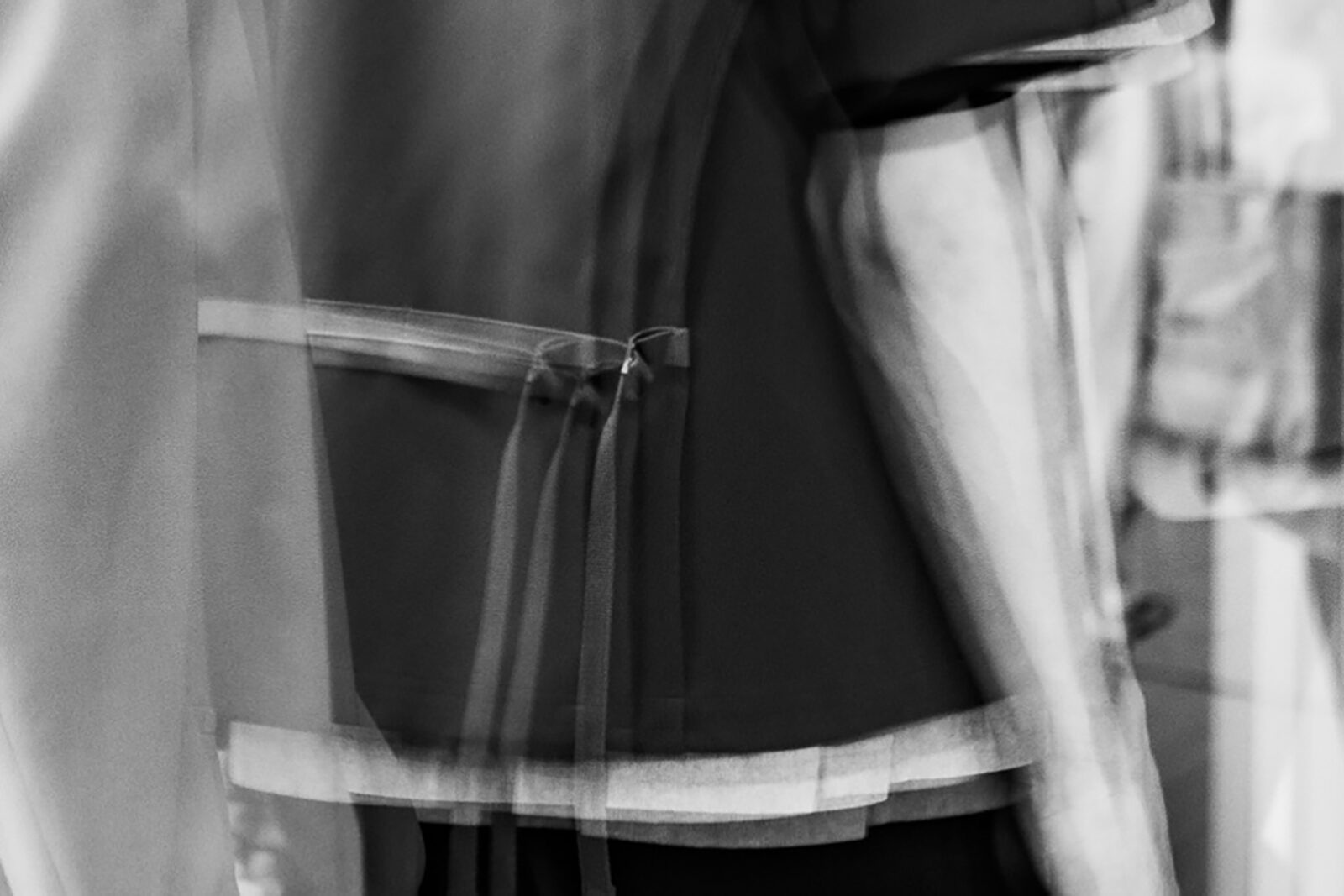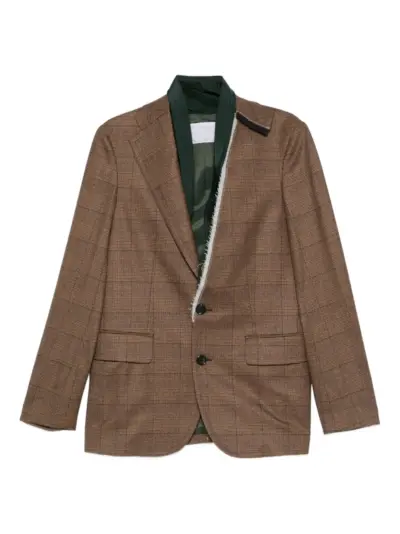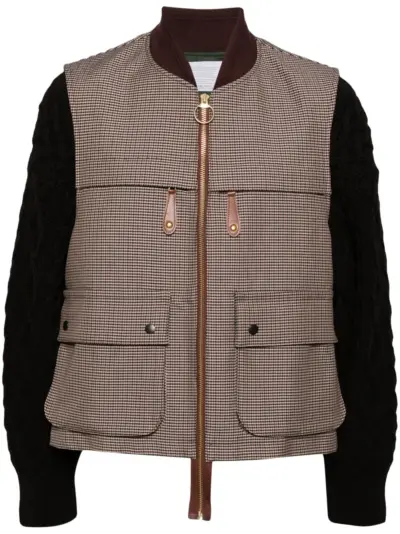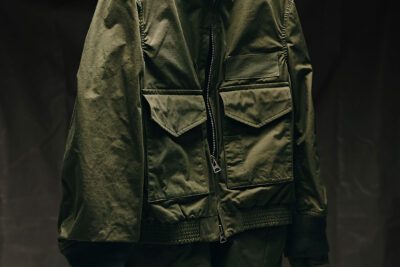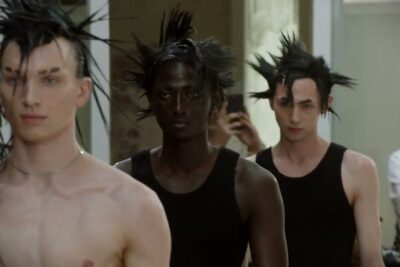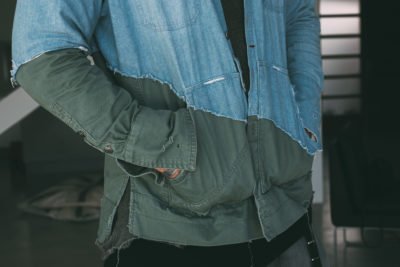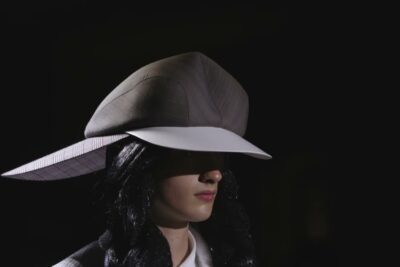
About Kolor
Kolor is a Japanese fashion brand founded in 2004 by Junichi Abe, who had previously worked under renowned designers such as Rei Kawakubo at Comme des Garçons and Junya Watanabe. Abe launched Kolor with the intent of creating garments that express a refined balance between structure and subtle disruption. Rather than following the conventional rhythm of seasonal trends or chasing obvious aesthetics, Kolor emerged as a brand that celebrates detail, innovation in construction, and a uniquely off-kilter approach to menswear and womenswear design.From the beginning, Kolor positioned itself as a quiet disruptor in the fashion world. Junichi Abe did not seek fame or spectacle; his designs spoke for themselves through their complexity and craftsmanship. Instead of relying on logos or overt branding, Kolor’s identity has always been embedded in the garments themselves—through intricate layering, unexpected fabric combinations, and the precise but unpredictable cuts that have become the brand’s signature. Abe’s work has often been described as “elevated normcore” or “quiet avant-garde,” but these terms only approximate the distinctive language that Kolor has developed over two decades.
The brand gained a strong following in Japan relatively quickly and began expanding internationally, catching the attention of buyers and critics in Europe and the United States. Kolor’s first menswear show in Paris in 2007 marked a turning point, as the fashion world began to recognize Abe’s distinctive point of view. While most Japanese designers who reached the global stage often relied on stark conceptualism or theatrical presentation, Kolor stood out for its subtlety and technical dexterity. Abe’s clothing was conceptual, certainly, but always wearable and never alienating.
Kolor’s aesthetic can be defined by a tension between order and disorder. A classic blazer might be deconstructed and reconstructed in panels of different materials, such as wool, nylon, and jersey, creating a jarring but harmonious balance. A sweatshirt might appear standard at first glance, but closer inspection reveals hidden seams, unexpected cuts, or asymmetrical hems. Abe is known for reworking familiar garments with strange proportions or altered placements of pockets and zippers—small disruptions that challenge conventional design codes but do so with a light, almost playful hand.
One of the more notable aspects of Kolor’s success is that it was not driven by celebrity endorsements or massive marketing campaigns. Instead, the brand grew organically through word-of-mouth, editorial praise, and a devoted customer base that appreciated the understated genius of the clothes. Fashion insiders—stylists, editors, and buyers—have often admired Kolor for its intellectual design sensibility and how it can transform simple garments into something completely original without shouting about it. This earned the brand a sort of cult status, especially among those looking for alternatives to the louder, more logo-heavy offerings from other contemporary brands.
Over time, Kolor has engaged in a few notable collaborations, including with Adidas, which helped introduce the brand to a wider audience. These partnerships preserved the brand’s identity while showcasing how Abe’s design language could translate across different categories, such as performance wear or streetwear-inspired silhouettes. The Adidas collaborations in particular were lauded for their creativity, often featuring sneakers and apparel that embodied Kolor’s signature mix of materials and unexpected colorways.
Junichi Abe has always remained something of an enigma in the industry, rarely giving interviews and preferring to let his work speak for itself. This low-profile approach has only enhanced Kolor’s mystique, reinforcing the idea that the brand is about thoughtful design rather than spectacle. In a world where many designers are pushed to become celebrities in their own right, Abe’s commitment to the craft of fashion—and his resistance to compromise—has made Kolor stand out even more.
Today, Kolor is considered one of the most respected names in contemporary fashion. It continues to show collections in Paris while maintaining its roots in Japan, and its influence can be seen in how other designers approach proportion, layering, and the rethinking of staple garments. For those who understand and appreciate the nuances of clothing design, Kolor represents a masterclass in how to be simultaneously inventive and understated. Its garments are not designed to impress at first glance—they are meant to be lived in, studied, and appreciated over time, rewarding close observation with an ever-deepening sense of discovery.

